The chorus effect has been around since the 1970s, but it is perhaps most commonly associated with the ‘80s. From New Wave to Shoegaze, Pop to Glam Rock, the humble chorus pedal became a staple of ‘80s pedalboards everywhere. However, the overuse of chorus in the ’80s meant that it went out of fashion for many years after. In recent years though, there has been a resurgence in the popularity of chorus which raises the question, are chorus pedals cool again?
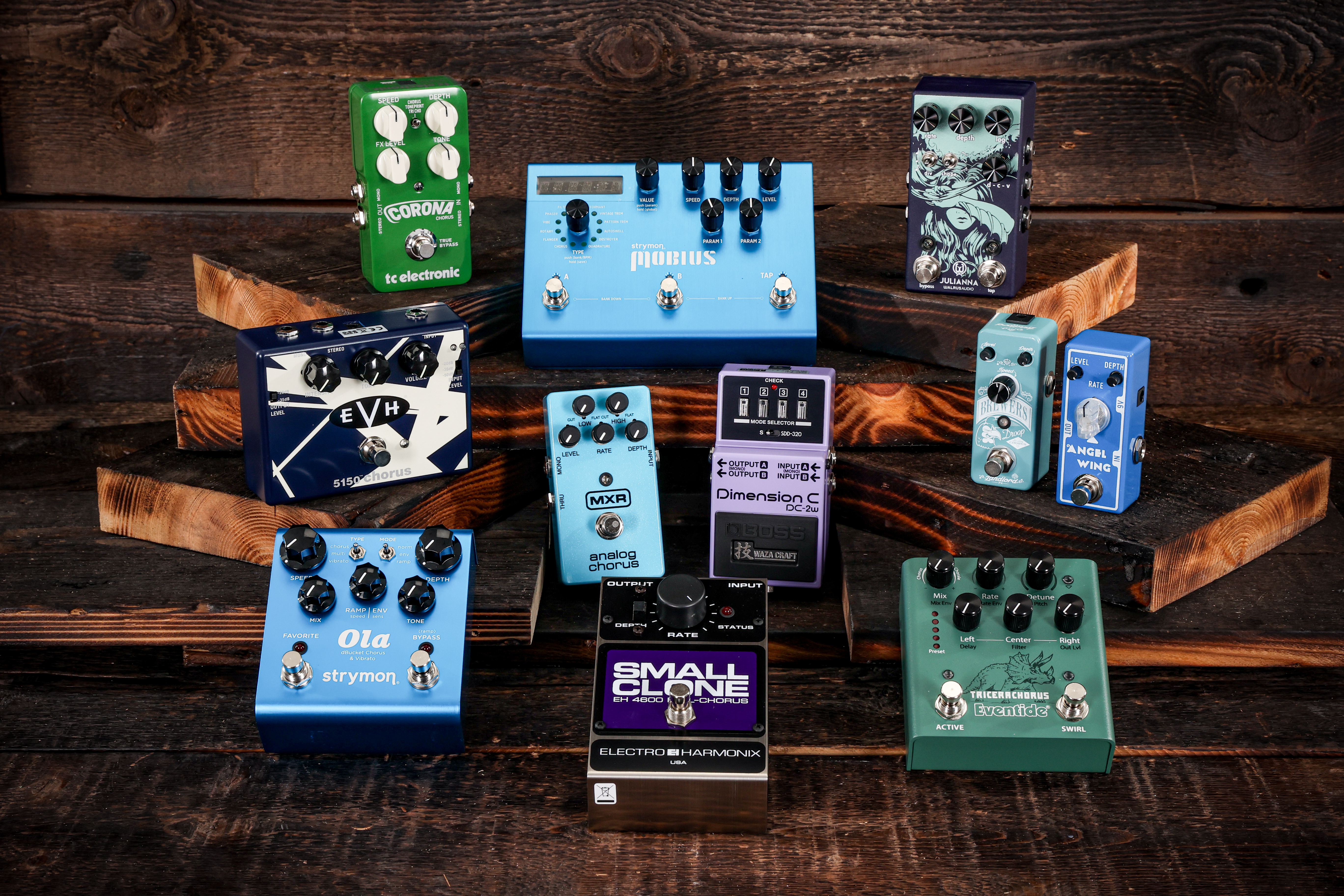
What is Chorus?
Chorus is a type of modulation effect that can thicken your sound and give it a shimmery “dream-like” quality. Chorus works by splitting your guitar signal into multiple “voices” and then modulating them slightly. Each “voice” is delayed from the original signal and then mixed back in, creating a sense of depth and movement. This effect is similar to an ensemble of voices singing in unison, hence the name “chorus”. Some classic examples of the chorus effect can be heard on “Purple Rain” by Prince and “Nothing Else Matters” by Metallica.
Guitar Chorus Pedals
Chorus pedals come in all shapes and sizes but for the most part, they share many of the same features. Most chorus pedals have controls for rate (speed), depth (intensity) and EQ. These controls allow you to dial in anything from a slow shimmery chorus to a fast, pseudo-Leslie effect. Many chorus pedals have a mix control which determines how much of the dry, unaffected signal is blended in with the chorus effect. Other pedals feature independent controls for treble and bass giving you more control over how bright or dark the chorus effect is.
Stereo chorus pedals take the effect one step further by allowing to you split your signal to two separate amplifiers. In doing so, your tone has a lush, wide stereo spread, giving it a much larger presence in a band situation. When combined with a stereo reverb or delay pedal, you can create beautifully complex soundscapes, reminiscent of a synthesiser pad effect.
Whatever pedal you use, the chorus effect is a great way to add colour and depth to your sound and can be used to thicken your tone, giving the illusion of multiple guitars playing in unison.
Analogue Chorus
Before the huge digital rack-mounted chorus effects that became popular in the ‘80s, analogue chorus was all the rage! Analogue chorus pedals typically use a fixed delay line with a variable sample rate to create thick, lush chorusing effects. Loved for their warm, smooth characteristics, analogue chorus pedals such as the Boss CE-2W Waza Craft and Walrus Audio Julianna Stereo Analogue Chorus and Vibrato can be used to add a subtle, natural sounding warble to your tone.
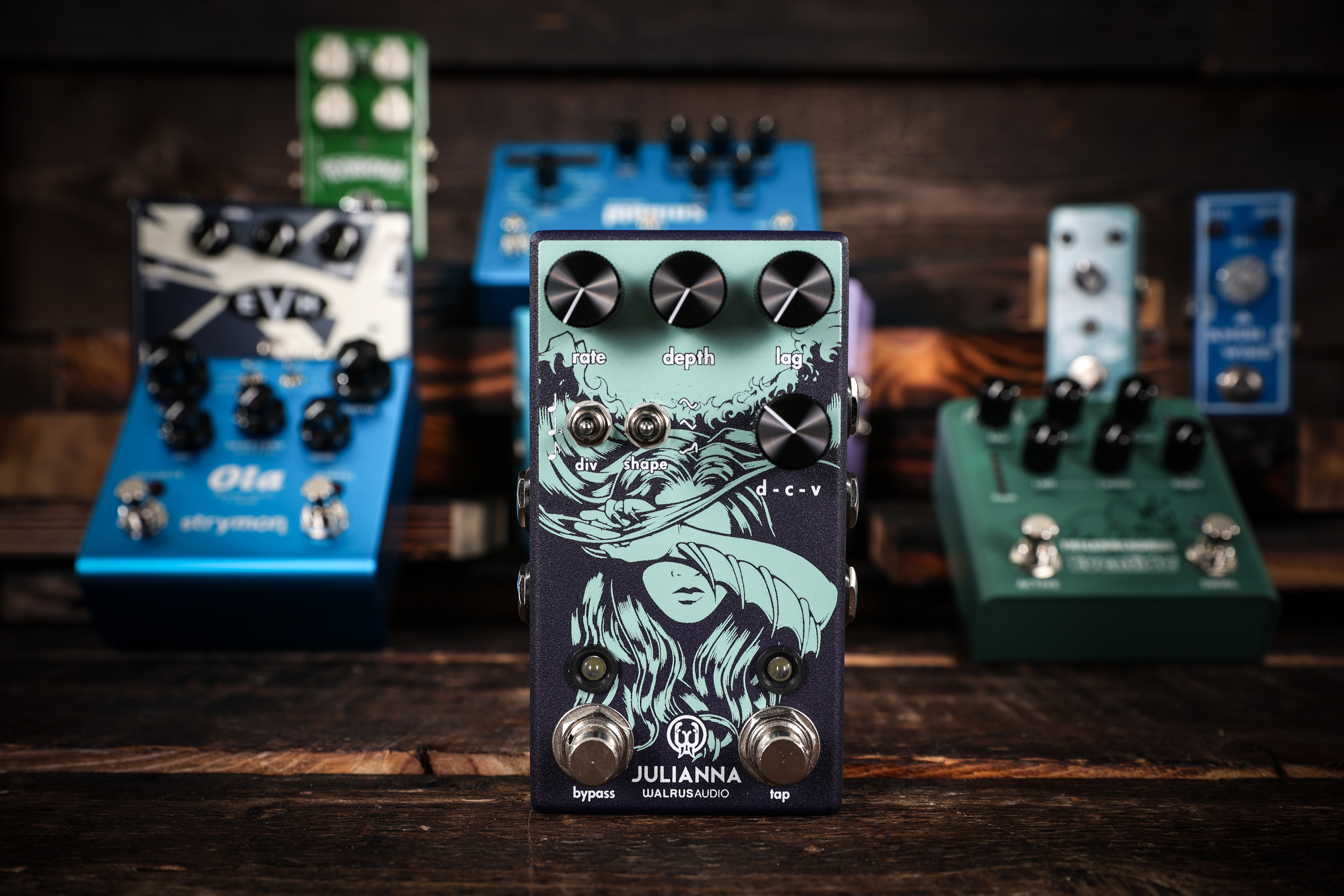
Digital Chorus
Digital chorus is the sound that defined the ‘80s! It was used, and arguably overused, on pretty much every guitar track laid to tape. Instantly recognisable for its bright, shimmery sound, digital chorus was used so heavily that it has since become an 80’s cliché, like perms and shell suits! Most digital chorus pedals use a fixed sample rate with a variable delay line, producing a much brighter, more obvious chorusing effect than analogue pedals. The TC Electronic Corona Chorus and Strymon Ola DBucket Chorus are great examples of digital chorus pedals, perfect for making you sound, well, more ‘80s!
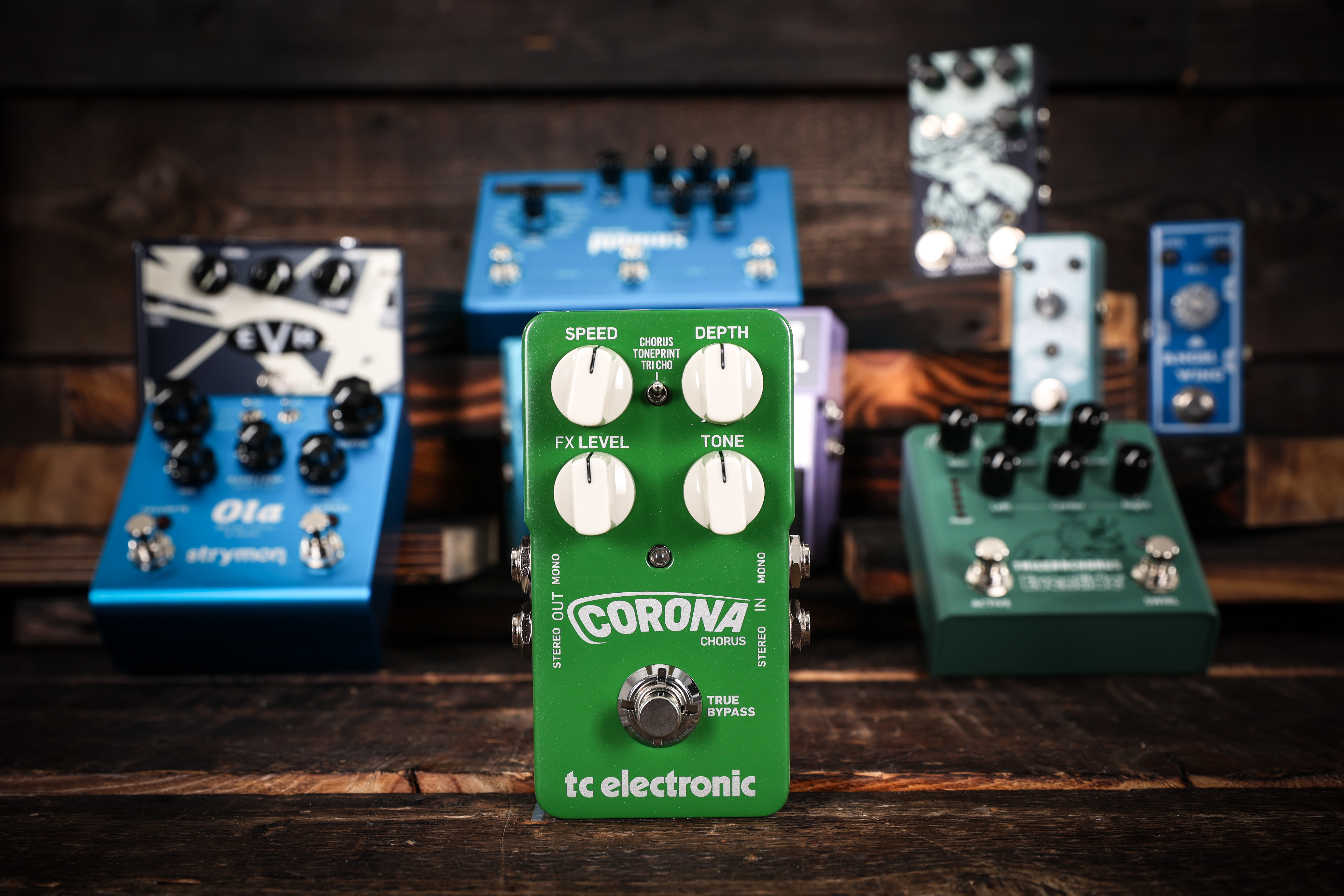
Who Uses Chorus?
The chances are, you’re already very familiar with the sound of a chorus pedal as it has been used on some of the most popular songs of the last fifty years. For those of you who aren’t so familiar, let’s take a look at some of the most famous examples.
Nirvana – Come as You Are
Whilst most people wouldn’t typically associate chorus with grunge music, Kurt Cobain was a frequent user of the effect, with the Electro Harmonix Small Clone being a mainstay in his rig. You can hear it used on the opening riff to their ‘90s hit “Come as You Are”.



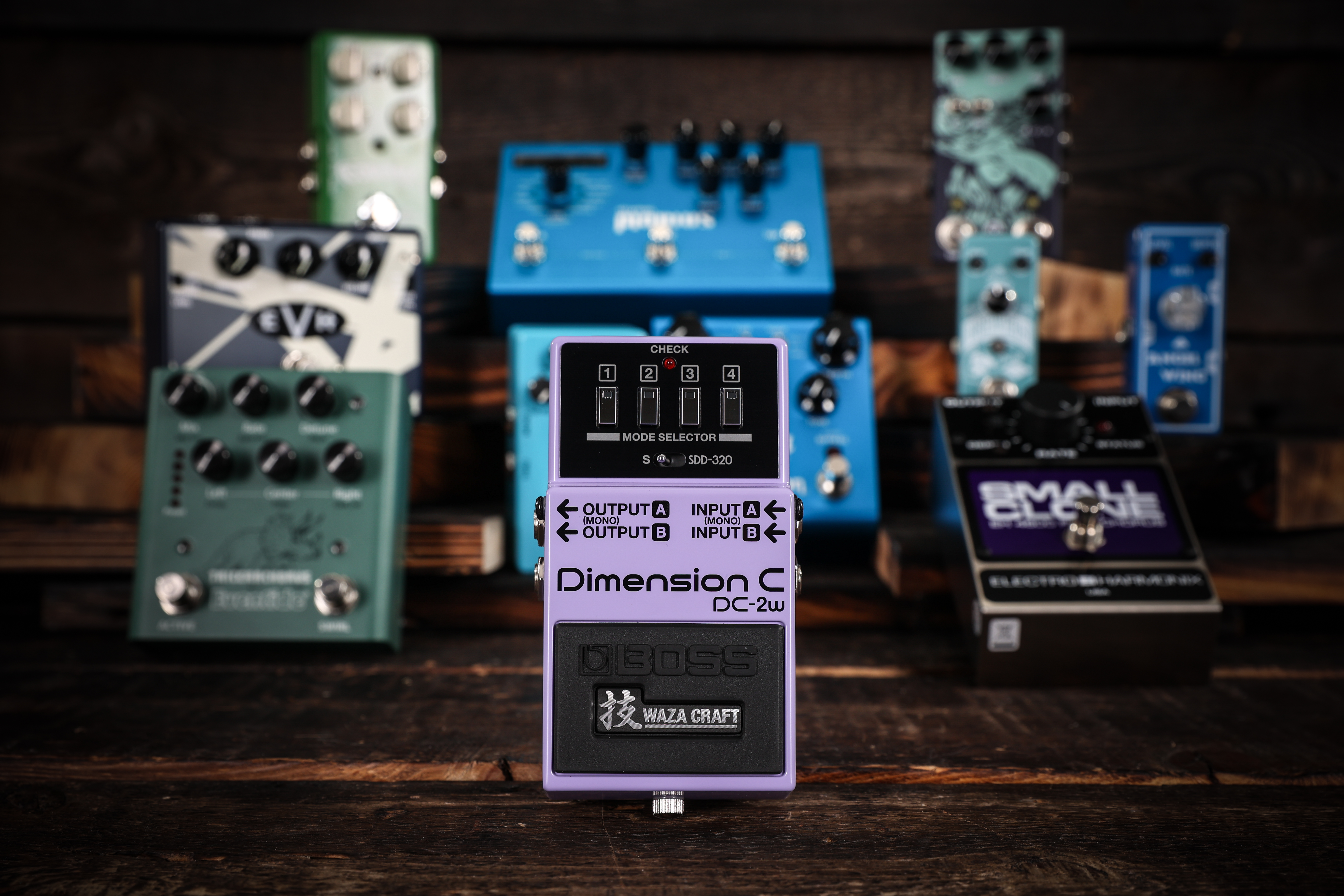
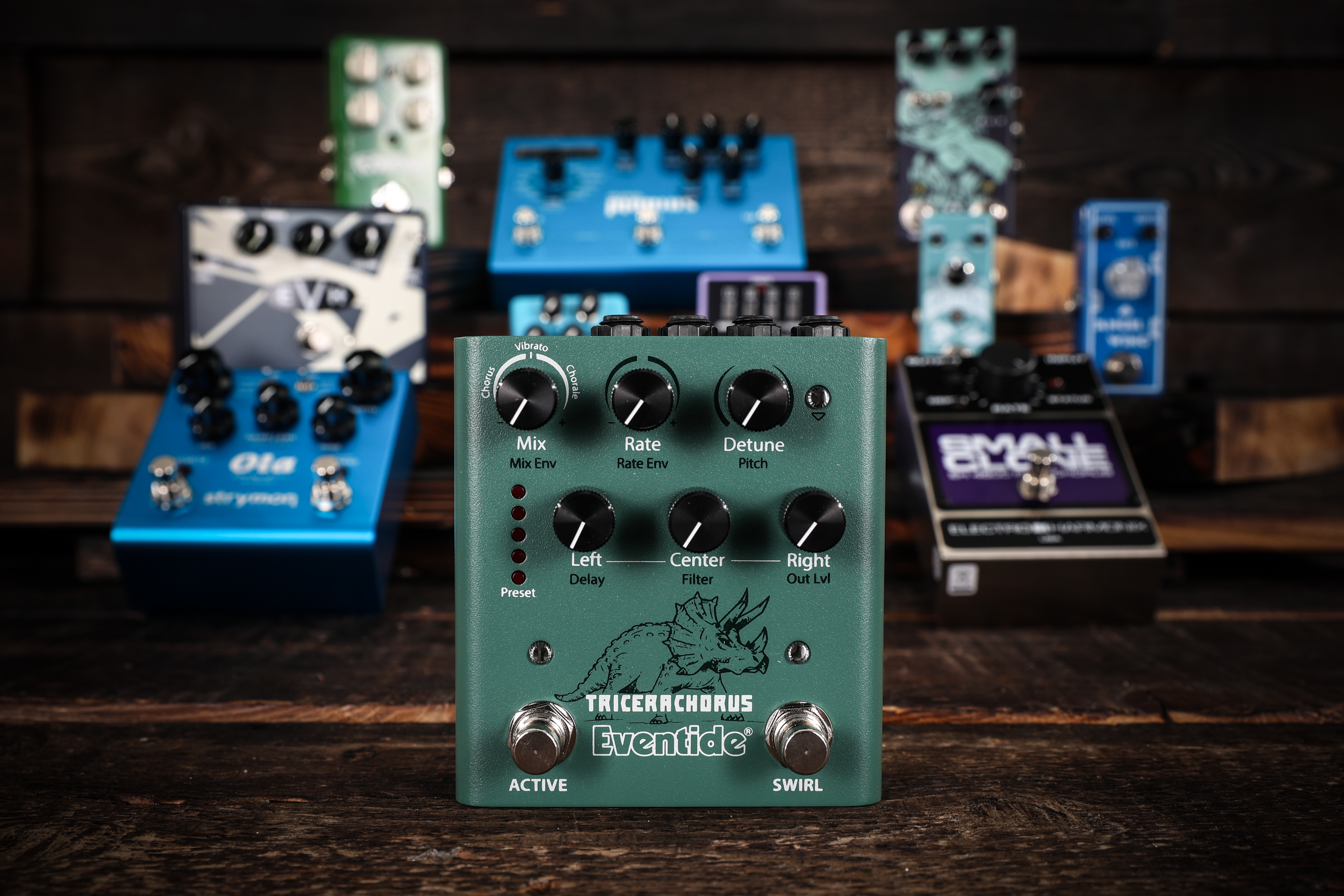
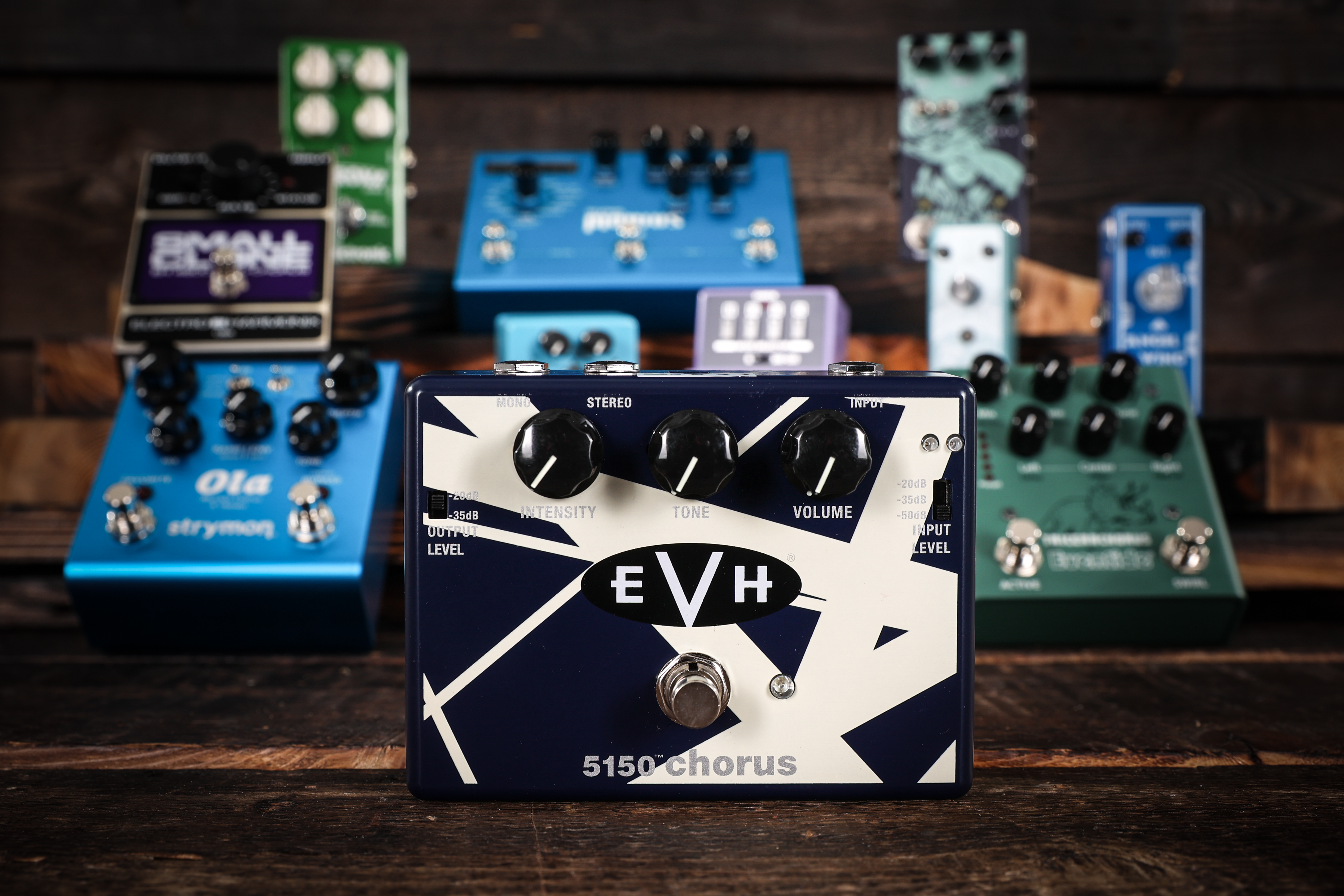
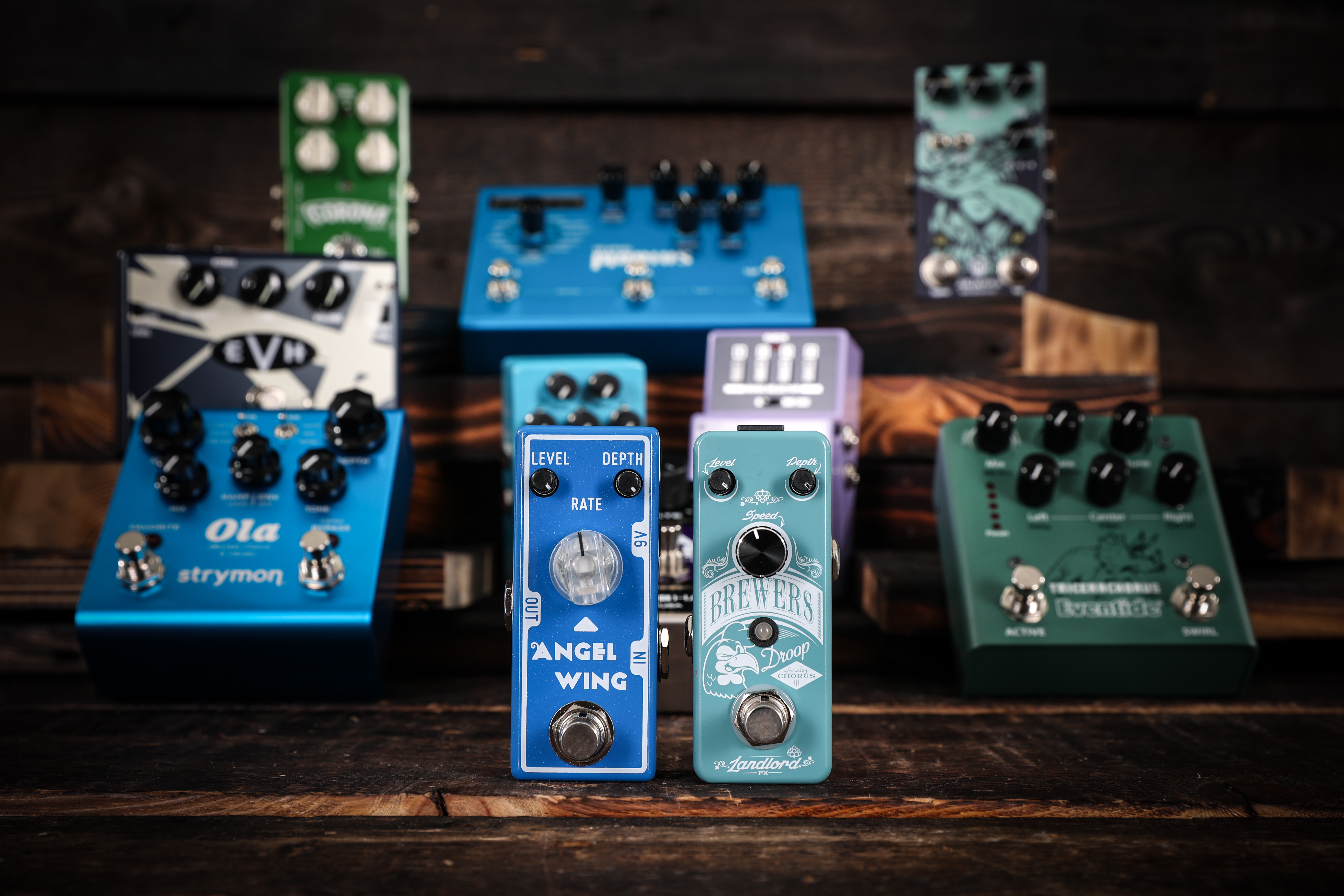
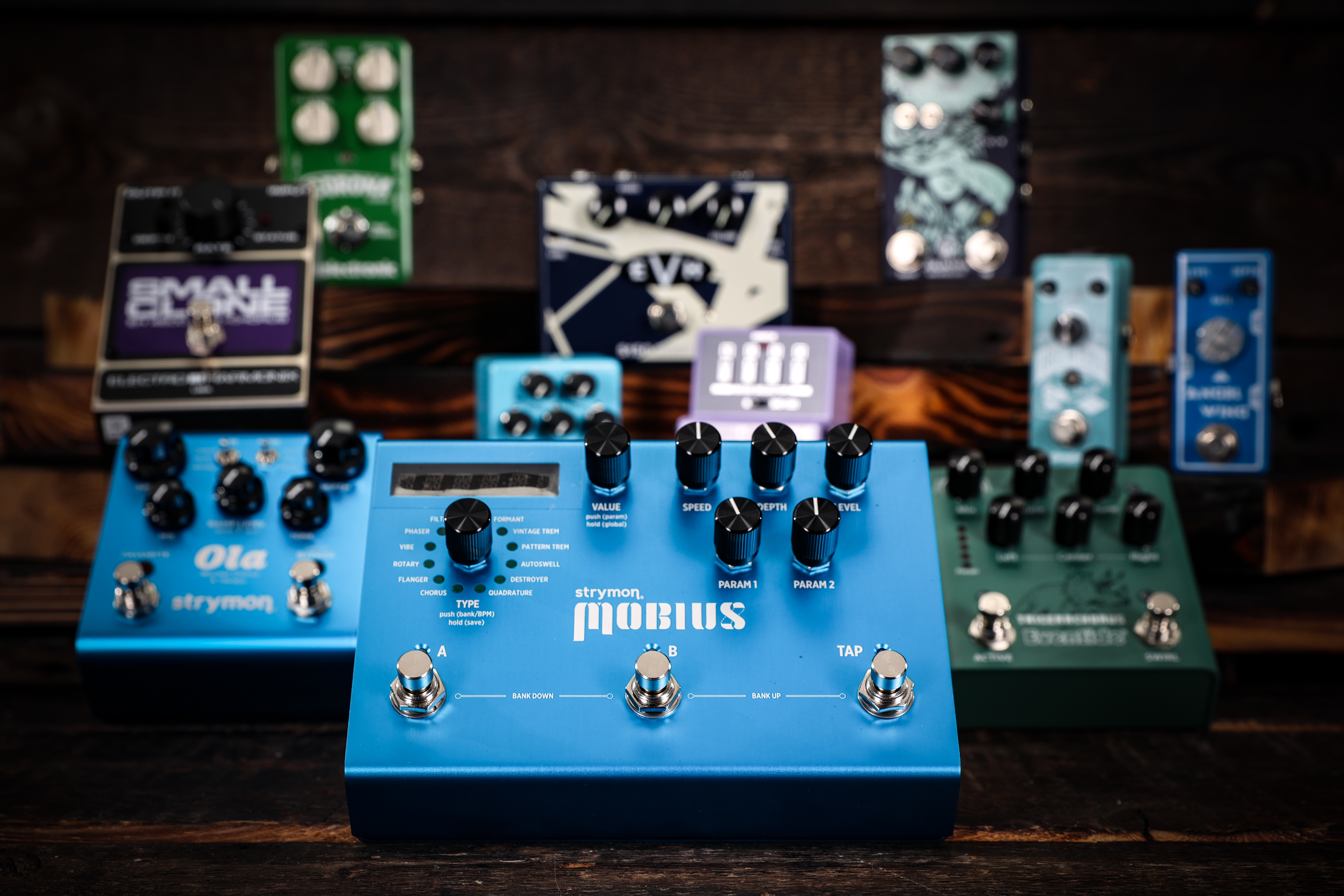
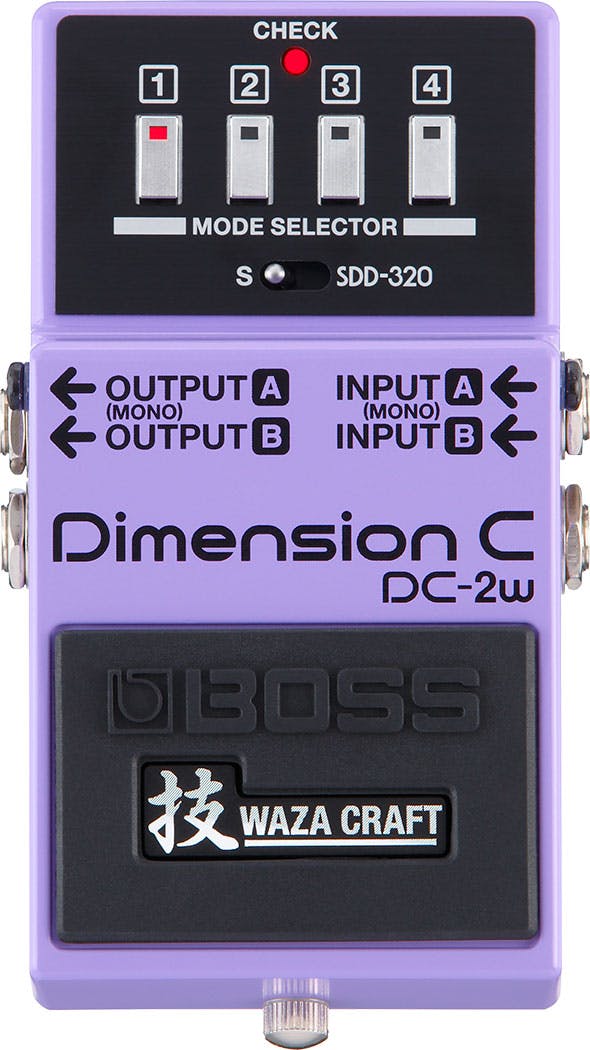
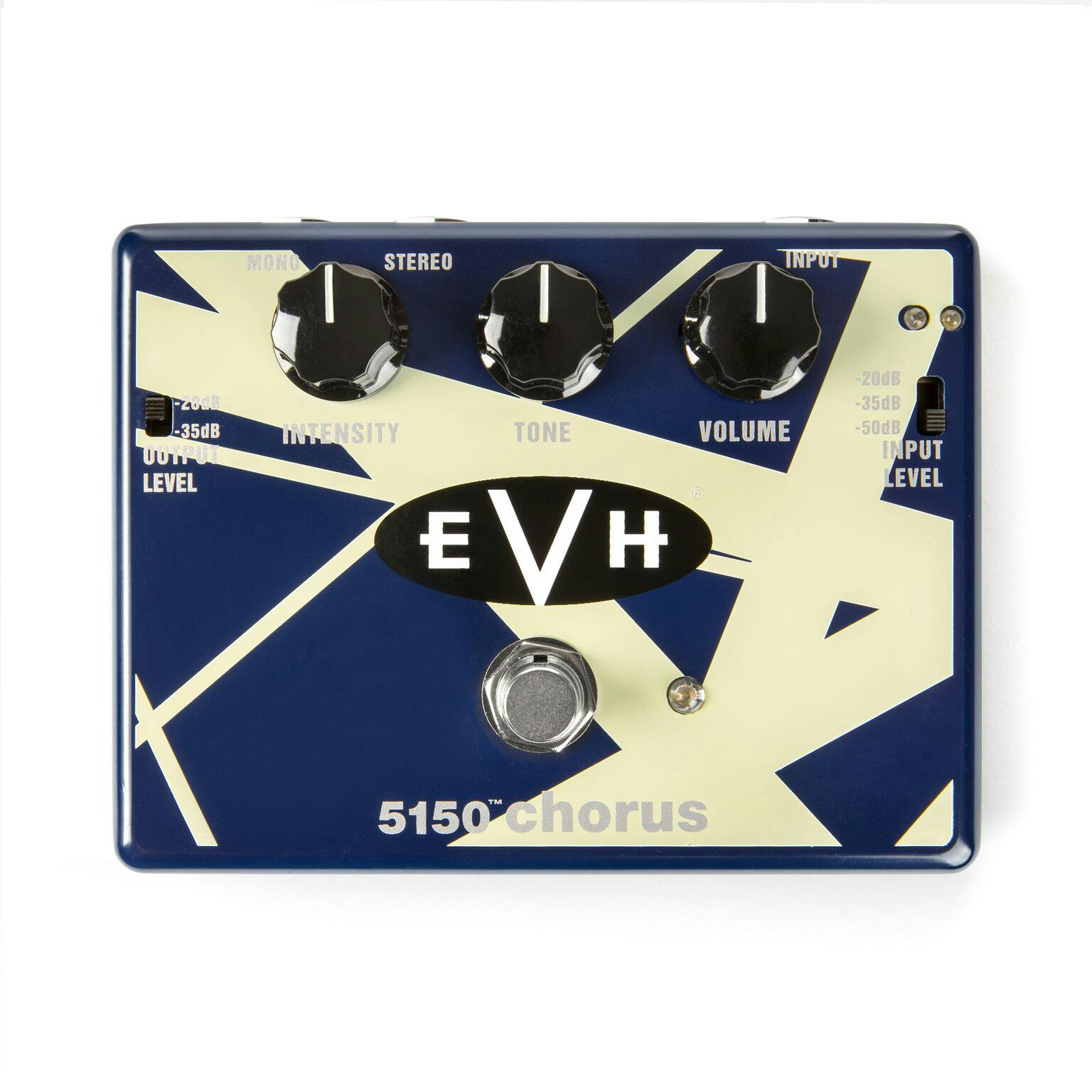
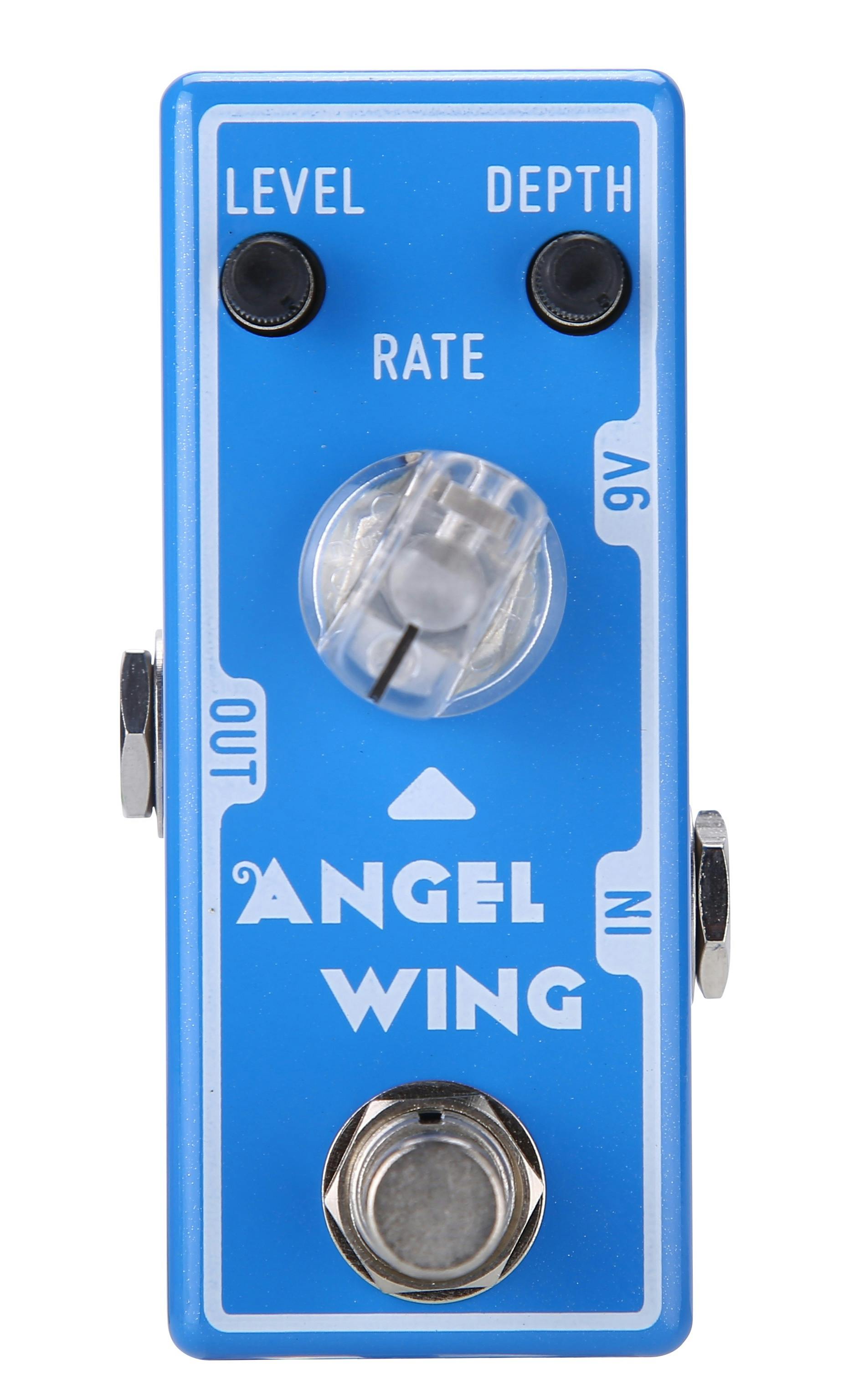
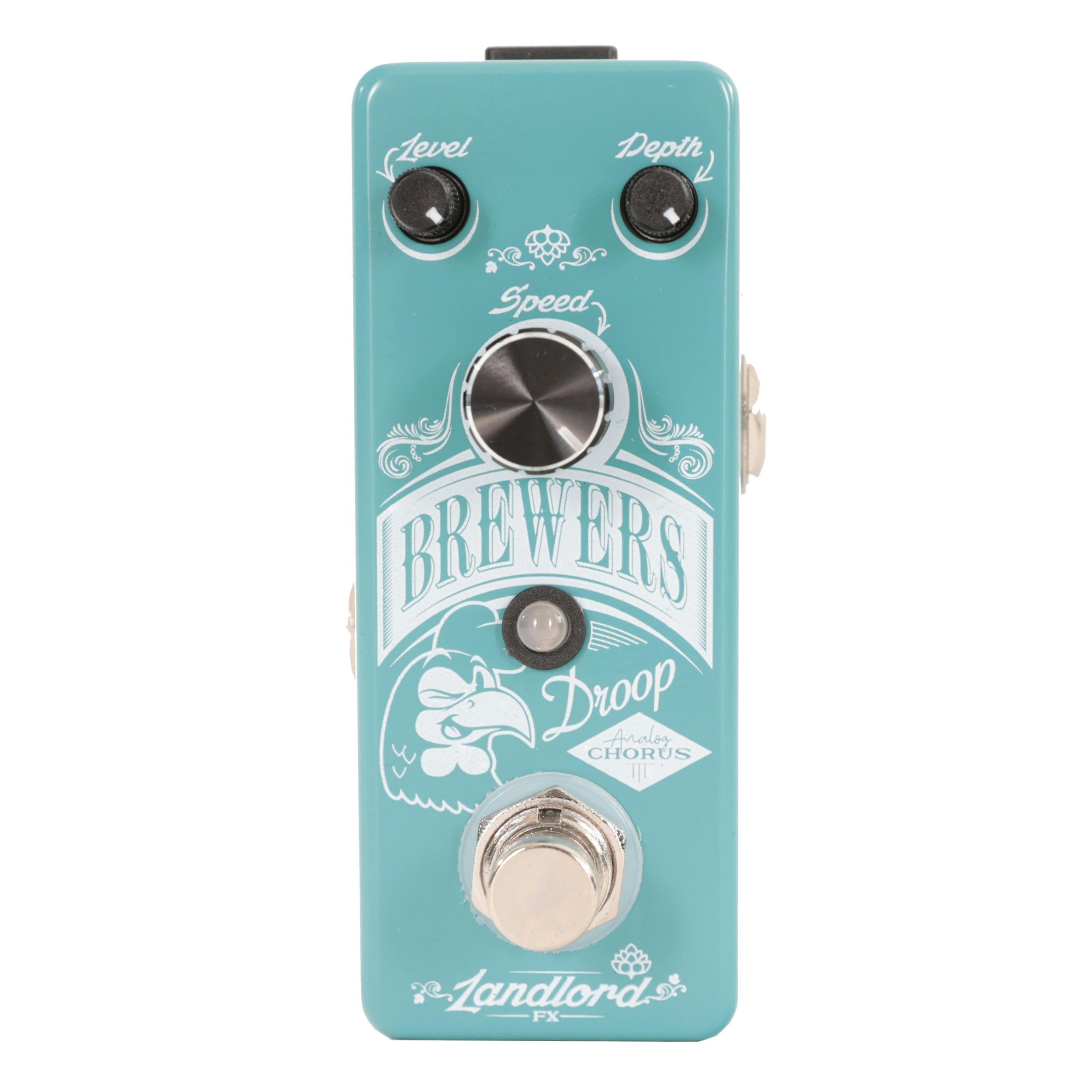


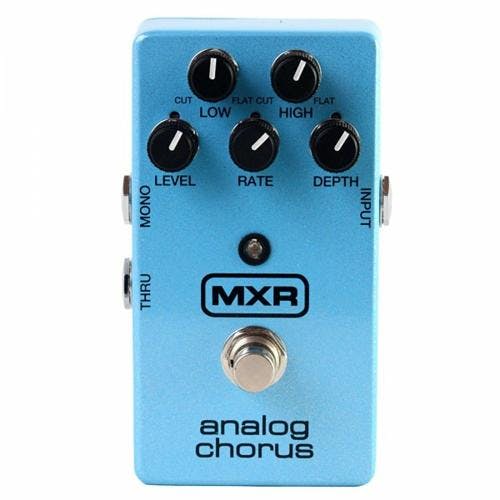

Responses & Questions